1.
Introduction
The presence of singularities and degeneracies in elliptic equations introduces significant challenges in analyzing the behavior of solutions. These singularities, especially near the origin or boundary, can profoundly affect the properties of the operator, making solutions more sensitive to changes in the domain. For instance, when 1<p<N, it is known that ˜u/|y|∈Lp(RN) if ˜u∈W1,p(RN), or ˜u/|y|∈Lp(Ω) when ˜u∈W1,p(Ω), where Ω is a bounded domain (see Lemma 2.1 in [12] for further details). In this context, the solution under consideration is ˜u, and such behavior leads to the development of Hardy-type inequalities, which are crucial for controlling the singularities of solutions near critical points, particularly when the equation includes singular potential terms (see, e.g., [1,12,17,18,20]).
Furthermore, the presence of an indefinite weight in the source term creates several challenges, mainly because it can change sign or behave irregularly. This complicates the application of standard methods for proving the existence of solutions, such as ensuring the necessary properties of the energy functional. The irregular behavior of the weight also makes it difficult to use common mathematical tools like Sobolev embeddings and variational methods. To overcome these difficulties, this manuscript employs a more flexible approach based on critical point theory [4], which allows establishing the existence of solutions despite the complexities introduced by the indefinite weight.
Finally, the degeneracy of differential operators, such as p-Laplacian or p(x)-Laplacian, when coupled with a weight function ω(x) inside the divergence, introduces additional complexity to the problem. The presence of ω(x), whether it is singular or merely bounded, requires a shift in the selection of appropriate functional spaces. Traditional Sobolev spaces like W1,p(Ω) or W1,p(x)(Ω) may no longer be adequate in such cases. To properly handle the singularities or degeneracies, it becomes necessary to consider alternative Sobolev spaces, such as W1,p(x)(ω,Ω) (see section 2 for the definition of W1,p(ω,Ω)), which are specifically designed to accommodate the weight function (see [6] for further details). The most recent contribution to the study of the p Laplacian in a bounded domain and in the whole space can be found in respectively in [5] and [3], furthermore, the degenerate p-Laplacian operator combined with a Hardy potential can be found in [16].
This paper tackles the challenges posed by degeneracy, Hardy-type singularities, and sign-changing source terms, which are common in applied mathematical models, by examining a class of weighted quasilinear elliptic Dirichlet problem involving a variable exponent p(x) and an indefinite source term. The main objective is to prove the existence of three weak solutions, using a critical point theorem introduced by Bonanno and Moranno in [4] while accounting for the complexities introduced by the operator's degeneracy and the singularities in the equation.
This manuscript explores the multiplicity of weak solutions to a weighted elliptic equations of the form:
where λ is a positive parameter, 1<q<N, and Ω⊂RN (with N≥2) is a bounded open subset with smooth boundary ∂Ω. The function u is a solution to a weighted quasilinear elliptic equation involving a variable exponent p(x)∈C+(¯Ω)(see, the beginning of Section 2) and the nonlinear source term of the form k(x)|u|s(x)−2u which involves a weight function k(x) and may exhibit singularities on Ω and can change sign, belongs to a nonstandard Lebesgue space Lγ(x)(Ω).
The operator Δp(x),a(x,u)u represents a nonlinear generalization of the classical Laplacian, defined by:
here a(x,u) denotes a Carathéodory function satisfying the inequality:
with a1,a2 are two positive constants, the function ω(x) is assumed to belongs to the local Lebesgue space L1loc(Ω), and it satisfies additional growth conditions, such as ω−h(x)∈L1(Ω), where h(x) satisfies certain bounds related to the variable exponent p(x). Specifically, we assume that
The nonlinearity in the equation involves the functions k(x) and s(x), which are assumed to satisfy the following inequality for almost every x∈Ω
where ph(x)=h(x)p(x)h(x)+1.
2.
Backgrounds and preliminary results
Set, S(Ω), the space that contains all measurable functions in Ω and
For τ>0, and p(x)∈C+(¯Ω), we use the following notations
In the sequel, we define the space Lp(x)(ω,Ω) as follows
where p(x) is a variable exponent, and ω(x) is a weight function. The space is endowed with a Luxemburg-type norm, given by:
Next, we define the corresponding variable exponent Sobolev space, which incorporates the variable exponent p(x) in the functional setting.
with the norm
where ‖∇u‖p(x)=‖|∇u|‖p(x),|∇u|=(N∑i=1|∂u∂xi|2)12,∇u=(∂u∂x1,∂u∂x2,...,∂u∂xN) is the gradient of u at (x1,x2,...,xN).
Denote, by
the weighted Sobolev space and by W1,p(x)0(ω,Ω) as the closure of C∞0(Ω) in the space W1,p(x)(ω,Ω) endowed with the norm
Lemma 2.1. [8] If p1(x),p2(x)∈C+(¯Ω) such that p1(x)≤p2(x) a.e. x∈Ω, then there exists the continuous embedding W1,p2(x)(Ω)↪W1,p1(x)(Ω).
Proposition 2.1 ([9]) For p(x)∈C+(¯Ω),u,un∈Lp(x)(Ω), one has
Let 0<d(x)∈S(Ω), and define the space
where p(x) is a variable exponent, and d(x) is a weight function. The space is equipped with a Luxemburg-type norm, defined by
Proposition 2.2 ([10]) If p∈C+(¯Ω). Then
for every u∈Lp(x)d(x)(Ω) and for a.e. x∈Ω.
Combining Proposition 2.1 with Proposition 2.2, one has
Lemma 2.2. Let
For p∈C+(¯Ω),u∈W1,p(x)(ω,Ω), we have
From Proposition 2.4 of [20], if (ω) holds, W1,p(x)(ω,Ω) is a reflexive separable Banach space.
From Theorem 2.11 of [15], if (ω) holds, the following embedding
is continuous, where
Combining (2.1) with Proposition 2.7 and Proposition 2.8 in [11], we get the following embedding
is continuous, where
Furthermore, the following embedding
is compact, when 1≤t(x)<p∗h(x).
In what follows, and for any p(x)∈C+(¯Ω), let us denote by p′(x):=p(x)p(x)−1, the conjugate exponent of p(x).
Remark 2.1. Under Condition (k), one has
● 1<β(x)<p∗h(x) for almost every x∈Ω, where β(x):=γ(x)s(x)γ(x)−s(x), consequently
is compact.
● 1<α(x)<p∗h(x) for almost every x∈Ω, where α(x)=γ′(x)s(x), consequently
is compact.
Lemma 2.3 (Hölder type inequality [2,11]). Let p1,p2,t≥1 three functions that belong in S(Ω) such that
If f∈Lp1(x)(Ω) and g∈Lp2(x)(Ω), then fg∈Lt(x)(Ω), moreover
Similarly, if 1t(x)+1p1(x)+1p2(x)=1, for a.e. x∈Ω, then
Lemma 2.4 ([7]). Let r1(x) and r2(x) be measurable functions such that r1(x)∈L∞(Ω), and 1≤r1(x)r2(x)≤∞, for a.e. x∈Ω. Let w∈Lr2(x)(Ω), w≠0. Then
Let's define the functional Iλ:W1,p(x)0(ω,Ω)→R as
where
and
It is noted that, based on Remark 2.1 and Lemma 2.4, the aforementioned functionals are both well-defined and continuously Gâteaux differentiable (see [14] for further details). The Gâteaux derivatives are as follows
and
Furthermore, M′(u) is compact in the dual space (W1,p(x)0(ω,Ω))∗ (see [14]).
u∈W1,p(x)0(ω,Ω) is said to be a weak solution of the problem (1.1) if, the following holds for every v∈W1,p(x)0(ω,Ω).
Lemma 2.5. L′ is a strictly monotone coercive functional that belongs in (W1,p(x)0(ω,Ω))∗.
Proof. For any u∈W1,p(x)0(ω,Ω)∖{0}, by Lemma 2.2, one has
thus
then L′ is coercive in view of p(x)∈C+(¯Ω).
According to (2.2) of [13], for all x,y∈RN, there is a positive constant Cp such that
and
where ⟨.,.⟩ is the usual inner product in RN. Thus, for any u,v∈X satisfying u≠v, by standard arguments we can obtain
hence, one has L′ is strictly monotone in W1,p(x)0(ω,Ω). □
Lemma 2.6. The functional L′ is a mapping of (S+)-type, i.e. if un⇀u in W1,p(x)0(ω,Ω), and ¯limn→∞⟨L′(un)−L′(u),un−u)⟩≤0, then un→u in W1,p(x)0(ω,Ω).
Proof. Let un⇀u in W1,p(x)0(ω,Ω), and ¯limn→∞⟨L′(un)−L′(u),un−u⟩≤0.
Noting that L′ is strictly monotone in W1,p(x)0(ω,Ω), we have
while
thus we get
Further, by (1.2) one has
then un→u in W1,p(x)0(ω,Ω) via Lemma 3.2 in [19]. □
Lemma 2.7. L′ is an homeomorphism.
Proof. The strict monotonicity of L′ implies that it is injective. Since L′ is coercive, it is also surjective, and hence L′ has an inverse mapping.
Next, we show that the inverse mapping (L′)−1 is continuous.
Let ˜fn,˜f∈(W1,p(x)0(ω,Ω))∗ such that ˜fn→˜f. We aim to prove that (L′)−1(˜fn)→(L′)−1(˜f).
Indeed, let (L′)−1(˜fn)=un and (L′)−1(˜f)=u, so that L′(un)=˜fn and L′(u)=˜f. By the coercivity of L′, the sequence un is bounded. Without loss of generality, assume un⇀u0, which implies
Thus, un→u0 because L′ is of (S+)-type, which ensures that L′(un)→L′(u0). Combining this with L′(un)→L′(u), we deduce that L′(u)=L′(u0). Since L′ is injective, it follows that u=u0, and hence un→u. Therefore, we have (L′)−1(˜fn)→(L′)−1(˜f), proving that (L′)−1 is continuous.
□
The following critical point theorems constitute the principal tools used to obtain our result.
Theorem 2.1. ([4, Theorem 3.6]). Let X be a reflexive real Banach space and assume the following
● L:X→R be a coercive functional that is continuously Gateaux differentiable and weakly lower semicontinuous in the sequential sense
● The Gateaux derivative of L has a continuous inverse on the dual space X∗.
● M:X→R is a continuously Gateaux differentiable functional whith a compact Gateaux derivative.
Furthermore, suppose that
There exist a positive constant d and a point ¯v∈X such that d06L(¯v), and the following conditions are satisfied:
Then, for any λ∈Λd, L−λM has at least three distinct critical points in X.
3.
Main results
In this section, a theorem about the existence of at least three weak solutions to the problem (1.1) is obtained.
Recall the Hardy inequality (refer to Lemma 2.1 in [12] for more details), which asserts that for 1<t<N, the following inequality holds:
where the optimal constant H is given by:
By combining this with Lemma 2.1 and using the fact that 1<q<ph(x)<N, we deduce the continuous embeddings
which leads to the inequality
where H=(N−qq)q.
We are now ready to present our primary result. To this end, we define
for each x∈Ω, here B(x,˜D) denotes a ball centered at x with radius ˜D. It is clear that there exists a point x0∈Ω such that B(x0,R)⊆Ω, where
In the remainder, assume that k(x), fulfill this requirement
where k0 is a positive constant, the symbol ˜m will represent the constant
with Γ denoting the Gamma function.
Theorem 3.1. Assume that p−>s+, and, there exist two positive constants d and δ>0, such that
and
then for any λ∈]Aδ,Bd[, problem (1.1) has at least three weak solutions.
Proof. It is worth noting that the functional L and M associated with problem (1.1) and defined in (2.2) and (2.3), satisfy the regularity assumptions outlined in Theorem 2.1. We will now establish the fulfillment of conditions (a1) and (a2). To this end, let's consider
and consider vd∈X such that
Then, by the definition of L, we have
Therefore, L(vδ)>d. However, it is important to consider the following
In addition, for each u∈L−1(]−∞,d]), we have
therefore,
Furthermore, we can deduce using Lemmas 2.3, 2.4 and Remark 2.1 the following
where cγ′s is the constant from the continuous embedding of W1,p(x)0(ω,Ω) into W1,γ′(x)s(x)(Ω).
This leads to the following result
and
Furthermore, we can establish the coerciveness of Iλ for any positive value of λ by employing inequality (3.1) once more. This yields the following result
When ‖u‖ is great enough, the following can be inferred
By considering the fact that p−>s+, we can reach the desired conclusion. In conclusion, considering the aforementioned fact that
since all assumptions of Theorem 2.1 are fulfilled, it can be deduced that for any λ∈ˉΛd, the function L−λM possesses at least three critical points that belong in X:=W1,p0(ω,Ω). Consequently these critical points are exactly weak solutions of problem (1.1). □
Author contributions
Khaled Kefi: Conceptualization, Methodology, Writing–original draft, Supervision; Nasser S. Albalawi: Conceptualization, Methodology, Writing–original draft, Supervision. All authors have read and agreed to the published version of the manuscript.
Use of Generative-AI tools declaration
The authors declare they have not used Artificial Intelligence (AI) tools in the creation of this article.
Acknowledgments
The authors extend their appreciation to the Deanship of Scientific Research at Northern Border University, Arar, KSA for funding this research work through the project number NBU-FPEJ-2025-1706-01.
Conflict of interest
The authors declare that they have no conflicts of interest.











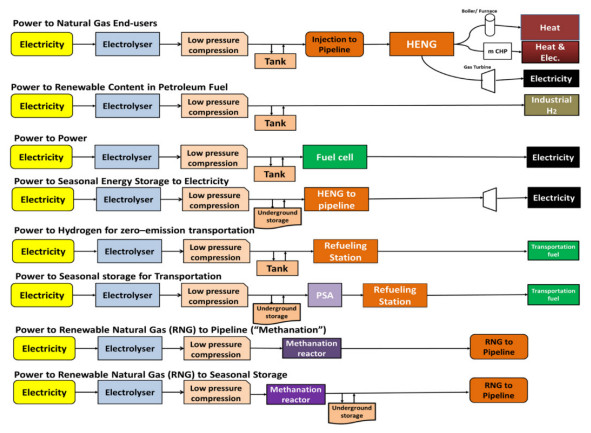
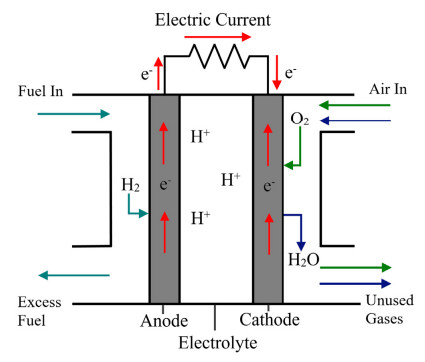

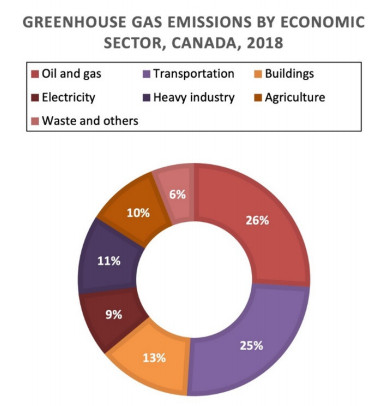
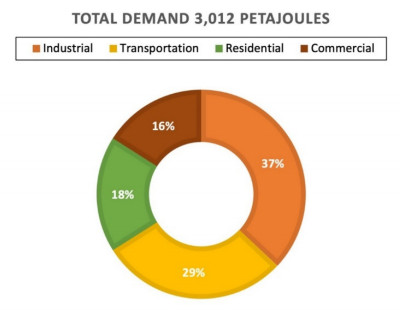
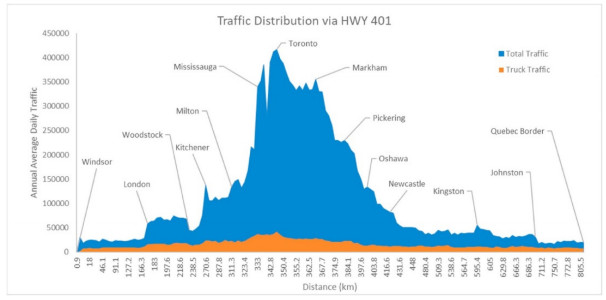
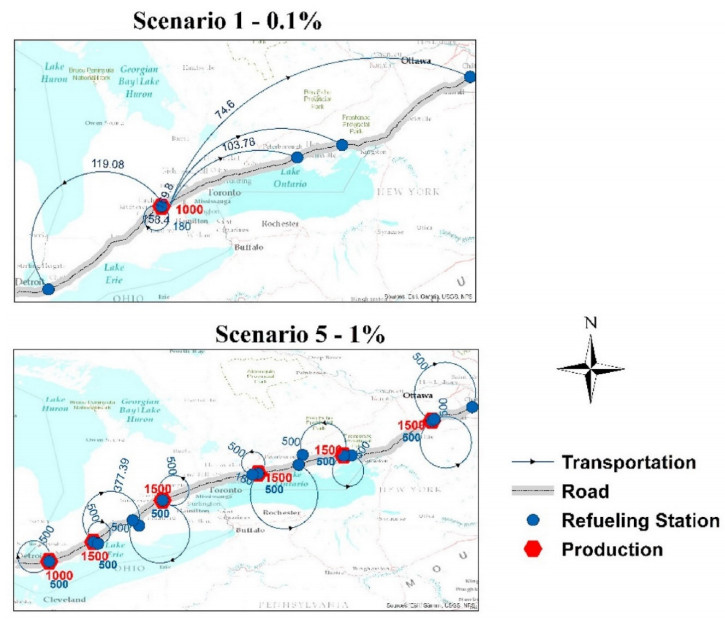
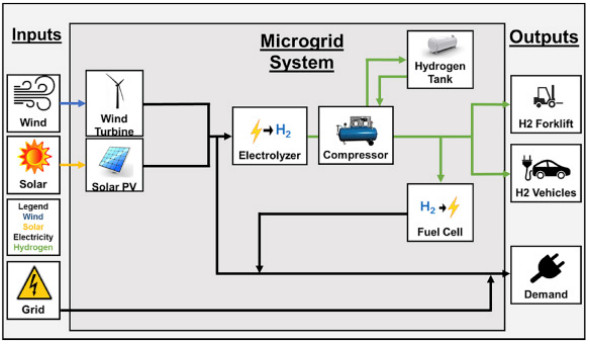
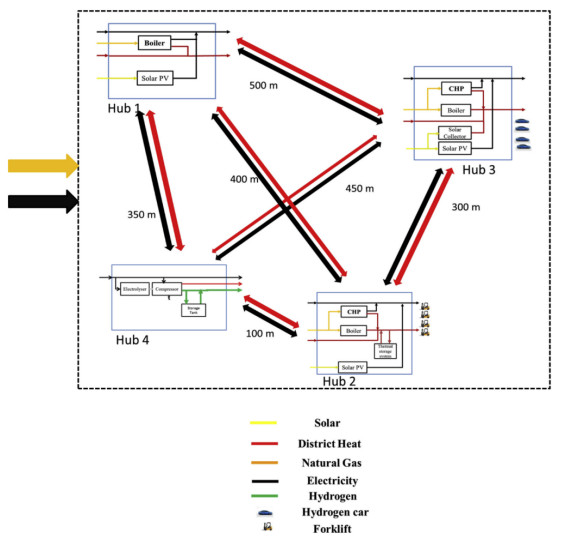
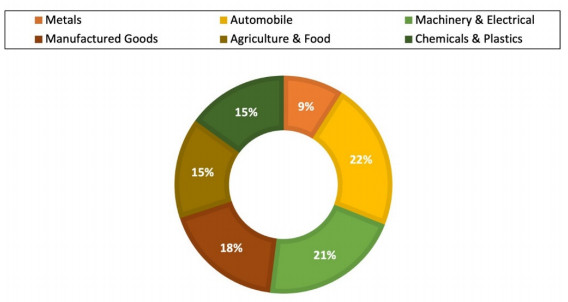


 DownLoad:
DownLoad: